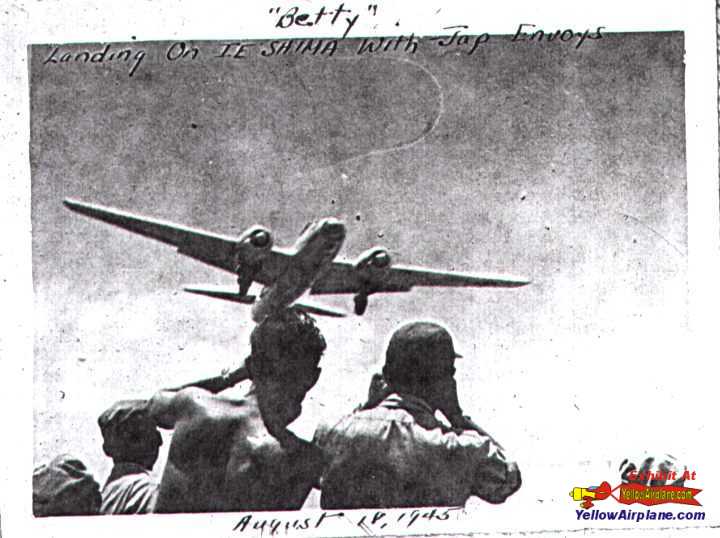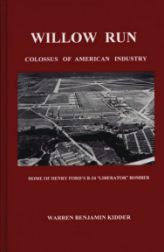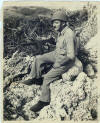 |
|
|
Japanese Betty Bombers in World War 2, One of a kind Historic Photos.
This is the Betty Bomber Exhibit Home Page
Index of the
Japanese Betty Bomber Exhibit
at the Yellow Airplane Museum
| Japanese Airplanes and Betty Bomber Models |
|
|
|
|
|
One of
Japans most successful bombers
the bomber
that ended the war with Japan
the Betty
Bomber
|
Let me know at the bottom of this page. C. Jeff Dyrek |
 |
|
Betty Bomber Exhibit Home Page |
|
|
tour here |
|
Japanese Asahigraph Magazines
from WW2
Japanese Magazines in World War 2, What were they thinking
about then
|
Look at these other Betty Bomber Exhibits Below. |
| More Betty Bomber Pictures from Bob O'Hara |
| More Pictures from Jim WalkerExhibit Added 20 July 2007 |
| Click Here to go to the Japanese Surrender Home Page. |
| Go to the Yellow Airplane Online Museum |
| Japanese Propaganda Art Exhibit Exhibit Added 10 June 2007 |
| Photos from Robert Magnus by Lester Magnus |
| Photos from Noel Adair |
| Japanese Airplane Models |
| Pearl Harbor Attack |
| 6-12-2009 A correction to the information regarding the Betty. The G6M1-L "Bataan 1" is what crashed onto the beaches short of Japan. The second Betty is the G4M1 "Bataan 2" made a successful return to Kisarazu on 21 August 1945, and was destroyed in late 1945. The last photo seen is from Broken Wings of the Samurai by Robert C. Mikesh and dated 25 Sept 1945 with a caption describing that it was destroyed "shortly" after the picture was taken. Also, are you planning on making pages regarding the additional "Green Cross Flights" that would talk about additional surrender aircraft? I have 1 photo of a Japanese Sally that surrendered, and am hoping to acquire a couple more of Sallys. Information thanks to Jonathan Butler If you catch word on any
surrender items for sale from Ie Shima, Manila, or any photographs of the Green
Cross aircraft too, please let me know as I'm willing to pay for these to add
them to my own collection, and obviously to share them as well. It is my hope
that I can eventually create one of the most comprehensive photo documentaries
of the green cross aircraft. |
| If memory serves, neither of these
Betty Bombers still exist. One crashed on the return to Japan and the other
made a forced landing. Both airplanes were war wearies and so were expendable.
The green surrender crosses and white paint job were ordered by MacArthur's headquarters, as were the call signs used. The story about those two planes are told in two books. The most common of the two is "The Rising Sun" by John Toland and the other, hard to find but still around is The Fall of Japan, by William Craig. |
|
Dear Mr. Dyrek,
If I understand correctly you are looking for information
on what happened to the Bettys that were used as the two Japanese surrender
planes. I do not know but I do have a motor plate that my late
father brought back from Japan He said he had removed it from a Japanese
surrender plane. The plane was painted white with green crosses and he said
it transported Japanese at document signing at the end of the war. He said
soldiers were taking all the parts off of it. Dad was Signal Corps and put
up communications so that the planes could land in the Philippines, Japanese
islands, and Japan. I know Dad was in Tokyo but I do not know about le
Shima. I do not know if the plane in the water was later taken to it's
destination of Tokyo. If you find out what happened to them would you please
let me know. I will certainly let you know if I find any information.
The motor plate is written in Japanese and Dad has
scratched some letters on the back of the plate, starting motor, and
bomber I think he letters may be letters from the outside of the plane. They
are American letters. Is there any place I could check these letters to see
if they are registry for one of the surrender planes?
Thank you for any help you might give me.
Karen Shelton
|
YellowAirplane's Online Museum
|
Japanese Asahigraph Magazines
from WW2 Japanese Magazines in World War 2, What were they thinking about then Click here to see Many more Japanese Fighters and Bombers. Click Here to see the Betty Bomber Japanese Surrender Exhibit. Click Here to see the Japanese Propaganda Art Exhibit Click Here to See Japanese Ships Click Here to See the Japanese Mini Sub on Guam |
|
Twelve O'Clock High (1949) DVD Gregory Peck
|

Willow Run B-24 manufacturing plant by Warren B. Kidder The true story of the building of the B-24 Liberator World War 2 Bomber. The Willow Run factory was the largest factory every built and produced a B-24 Liberator every 58 Minutes. This is a book that you must read, it's great. |
Thunderbolt : Republic P-47 Book Description |
|
34th
Fighter Squadron at Ie Shima from Larry Jennings
|
Click Here for a list of WW2 Fighter Groups
Click Here to go to the YellowAirplane Online Museum
|
Here's the New Ernie Pyle Exhibit. Ernie Pyle was probably the most famous War Correspondent of
World War 2. He died on the island of Ie Shima located in the Western
Pacific near Okinawa. This exhibit has exclusive photos and stories about
Ernie Pyle including the story about Exhibit Added 14 June 2007 |
 |
Look at these exhibits and tell me what these men really fought for.
the 34th fighter Squadron
USS Kitty Hawk
|
|
|
|
|
|
|
|
|
|
|
|
|
Airplane
Art
|
|
|
|
|
|
|
|
|
|
|
|
|
|
|
|
|
|
|
|
|
|
|
|
|
|
|
|
|
|
|
|
|
|
|
|
|
|
|
|
|
|
|
|
|
|
|
|
|
|
|
|
|
|
|
|
|
|
|
|
|
|
|
|
|
|
|
|
| . | |
|
Are You Tough Enough |
|
|
|
|
|
|
|
|
|
|
|
|
|
| . | |
|
|
|
|
|
|
|
|
|
|
|
|
|
|
|
|
|
|
|
|
|
|
|
|
|
|
|
| . | |
|
|
|
|
|
|
|
|
|
|
|
|
|
|
|
|
|
|
| . | |
|
|
|
|
|
|
|
|
|
|
|
|
|
|
|
|
|
|
|
|
|
|
|
|
|
|
|
| . | |
|
|
|
|
|
|
|
|
|
|
|
|
|
|
|
|
|
|
|
|
|
|
|
|
|
|
|
| . | |
/Betty_Bombers/A1_Betty_Bomber_Index.html|41667"
| . |